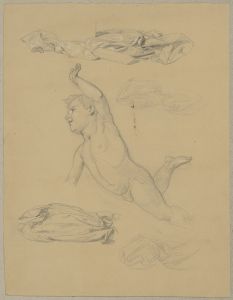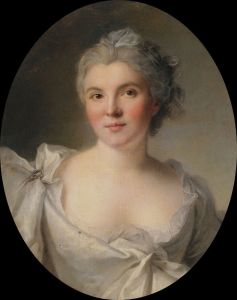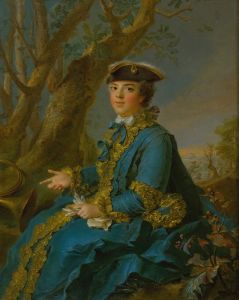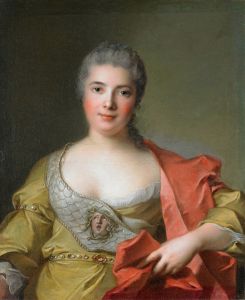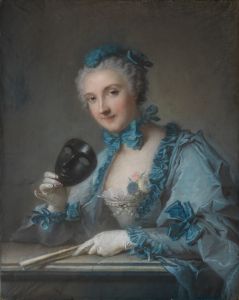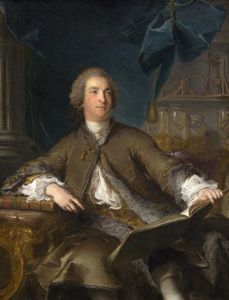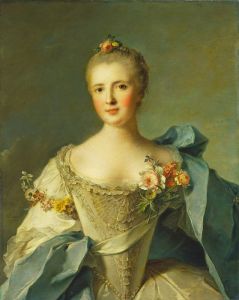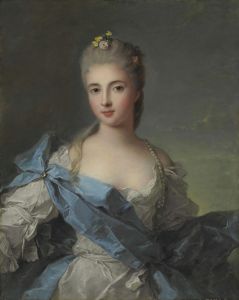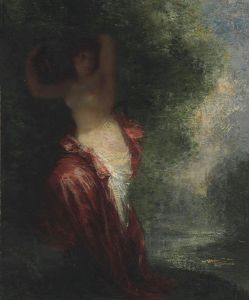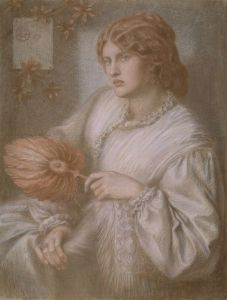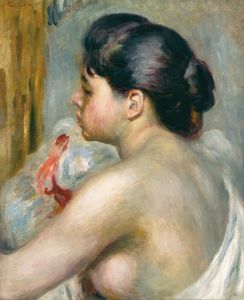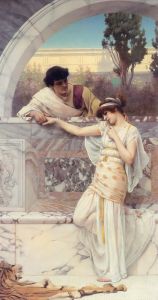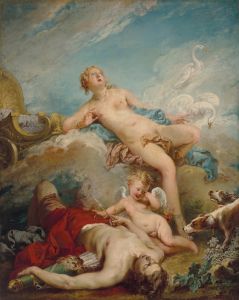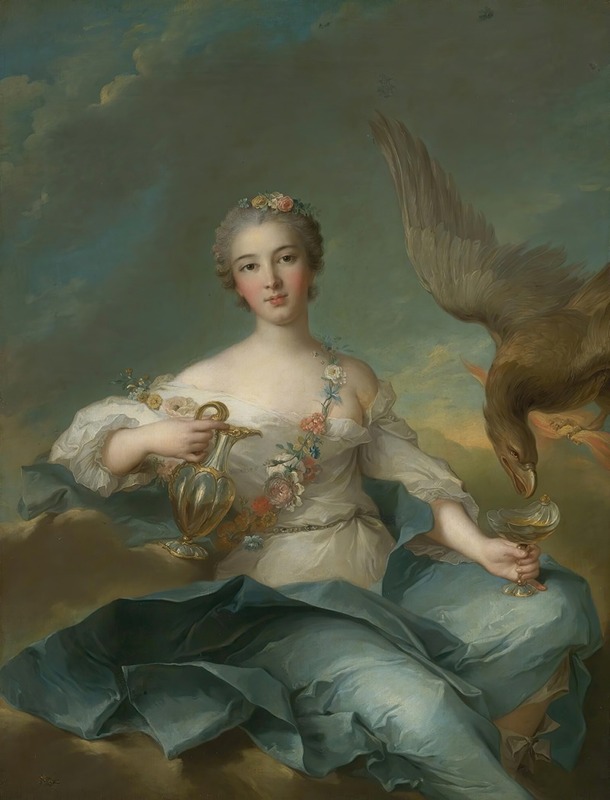
The Duchesse De Chartres As Hebe
A hand-painted replica of Jean-Marc Nattier’s masterpiece The Duchesse De Chartres As Hebe, meticulously crafted by professional artists to capture the true essence of the original. Each piece is created with museum-quality canvas and rare mineral pigments, carefully painted by experienced artists with delicate brushstrokes and rich, layered colors to perfectly recreate the texture of the original artwork. Unlike machine-printed reproductions, this hand-painted version brings the painting to life, infused with the artist’s emotions and skill in every stroke. Whether for personal collection or home decoration, it instantly elevates the artistic atmosphere of any space.
Jean-Marc Nattier's The Duchesse de Chartres as Hebe is a portrait painting created in the 18th century by the French Rococo artist Jean-Marc Nattier (1685–1766). Nattier was renowned for his skill in painting portraits of French nobility, often depicting his sitters in allegorical or mythological guises, a popular trend during the Rococo period. This particular work portrays Louise Henriette de Bourbon, the Duchesse de Chartres (1726–1759), as Hebe, the Greek goddess of youth and cupbearer to the gods.
The painting exemplifies Nattier's characteristic style, which combined idealized beauty with a sense of elegance and refinement. In this work, the Duchesse is dressed in a flowing, classical-style gown, consistent with the mythological theme. She is depicted holding a cup, a reference to Hebe's role in Greek mythology as the divine cupbearer. The inclusion of an eagle, often associated with Zeus, further reinforces the mythological context. The soft, pastel color palette and delicate brushwork are hallmarks of Nattier's Rococo aesthetic, emphasizing grace and sophistication.
Louise Henriette de Bourbon was a member of the French royal family and the wife of Louis Philippe I, Duke of Orléans. Her portrayal as Hebe reflects the 18th-century aristocratic tradition of using allegorical imagery to convey virtues or attributes associated with the sitter. In this case, the choice of Hebe may symbolize youth, beauty, and vitality, qualities admired in the courtly culture of the time.
The painting is notable for its blend of portraiture and allegory, a genre in which Nattier excelled. His ability to merge the sitter's likeness with the symbolic elements of mythology made his works highly sought after by the French nobility. The Duchesse de Chartres as Hebe is a prime example of this approach, showcasing Nattier's technical skill and his talent for flattery through idealization.
Today, the painting is recognized as an important example of 18th-century French portraiture and Rococo art. It is housed in the Musée National des Châteaux de Versailles et de Trianon in France, where it remains part of the extensive collection of artworks associated with the French monarchy. The work continues to be appreciated for its artistic merit and its historical significance as a representation of the cultural and social values of the French aristocracy during the Rococo period.





